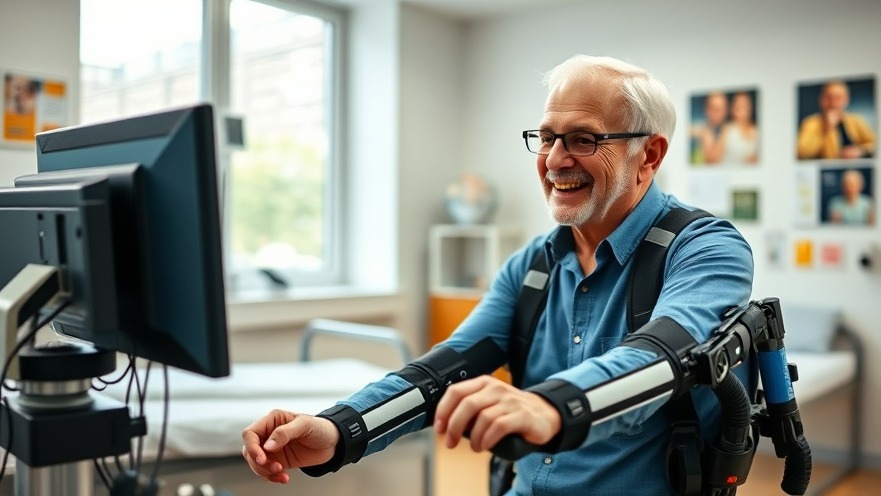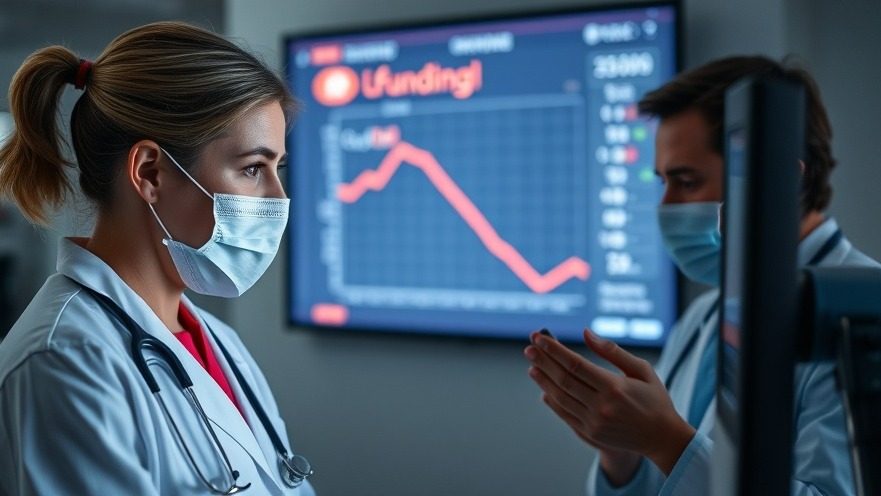
Revolutionary Stroke Recovery: How Exoskeletons and Digital Twins are Transforming Rehabilitation
Stroke recovery can often feel like an uphill battle, but recent advancements in rehabilitation technology are changing the game. Researchers at the Technical University of Munich (TUM) have developed an innovative system that not only assists stroke patients in regaining control of their arms and hands but does so by utilizing cutting-edge technologies like exoskeletons and digital twins.
The Power of Exoskeletons in Rehabilitation
Stroke often leads to paralysis on one side of the body, severely impacting an individual's ability to perform daily tasks. The new exoskeleton system combines targeted muscle stimulation through functional electrical stimulation (FES) with mechanical support, allowing patients to relearn movements effectively. This dual approach enables patients to perform essential movements such as grasping and catching, which are vital for everyday interactions.
How Digital Twins Enhance Personalization in Therapy
At the core of this innovative rehabilitation system is a digital twin technology that tracks patient data in real-time. It creates a virtual model of the patient's muscle activity and movement capabilities. By using this data, healthcare professionals can customize the therapy to meet each patient's specific needs. As highlighted by Professor Sandra Hirche, this tailored approach is critical since the extent of paralysis varies widely among stroke survivors.
Game-Based Therapy: A Fun Approach to Recovery
In an engaging twist, the researchers incorporated a computer game into the rehabilitation process. Patients interact with a game featuring colored balls that fly towards them at different speeds. This gamified experience not only makes the therapy enjoyable but also pushes patients to react and interact, further enhancing their recovery. This element of play is vital in maintaining motivation and engagement in therapy, especially during challenging recovery phases.
Evidence Supporting Technology-Driven Recovery
The study published at the 2024 IEEE RAS/EMBS International Conference for Biomedical Robotics and Biomechatronics (BioRob) involved 24 patients, showcasing the effectiveness of this system. The combination of an exoskeleton, FES, and a digital twin has never been used before, offering a unique modular solution that can potentially allow stroke survivors to practice at home independently, thereby extending their rehabilitation beyond clinical settings.
Future Trends in Stroke Rehabilitation Technologies
The future of stroke recovery lies in the integration of robotics, AI, and personalized medicine. With advancements in machine learning, systems will likely become even more adaptive, fine-tuning therapies in real-time based on the patient's performance. As healthcare technology continues to evolve, we can expect smarter, more intuitive systems to emerge, improving outcomes for stroke patients.
Actionable Insights for Health Practitioners
For concierge health practitioners, staying abreast of developments in rehabilitation technologies can significantly impact patient care. Integrating exoskeletons and digital twins into practice can transform how we approach rehabilitation, leading to improved patient outcomes and satisfaction.
Considering the advances in technology like the exoskeleton and digital twin, it's crucial for healthcare providers to explore these options and assess how they might incorporate them into their practice. Open discussions with patients about new therapies may also enhance their enthusiasm for participating in recovery.
A Call to Action
As medical technology progresses rapidly, now is the time for practitioners to evaluate how they can utilize these new tools in their practices. Incorporating solutions like exoskeletons and digital twins into rehabilitation programs can not only facilitate effective recovery but also empower patients to regain their independence. Engage with your healthcare team to explore pathways for implementing these technologies and help lead your patients towards successful recovery.
 Add Row
Add Row  Add
Add 






Write A Comment